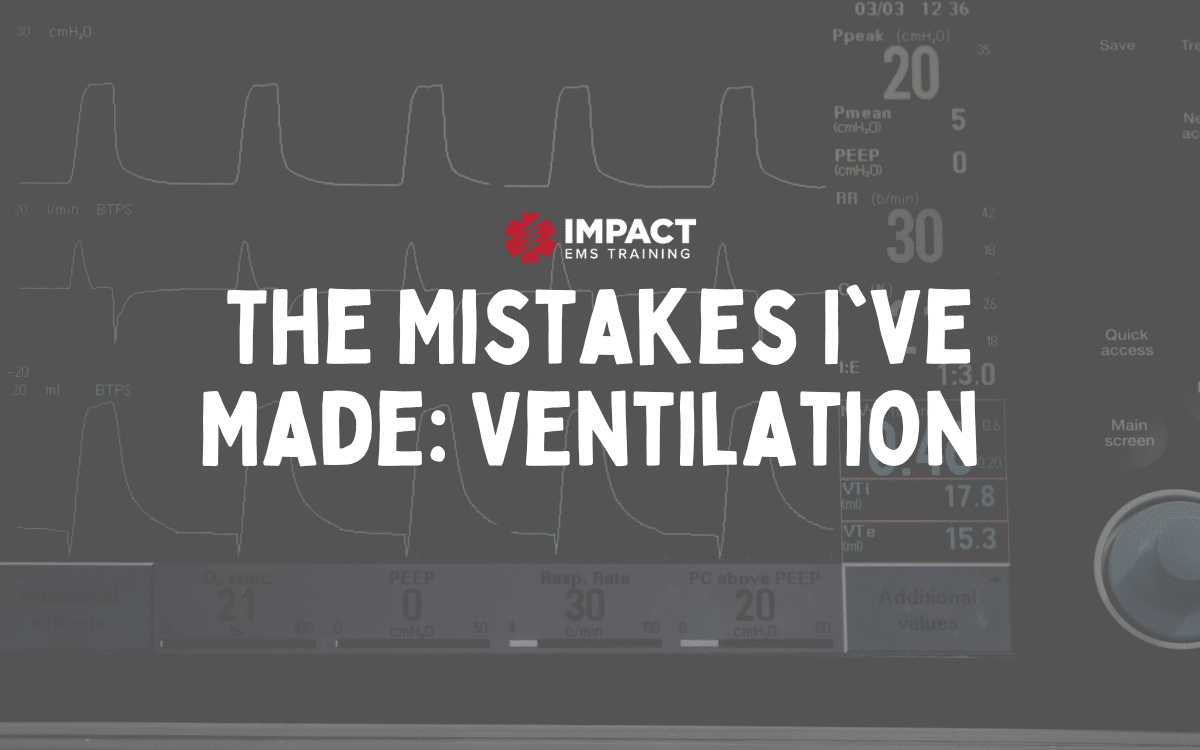*The following is an actual patient scenario where I will review a complicated DKA patient, dissect some key points regarding labs and treatment protocol, and discuss what could have been done better for this patient.
You are activated to a small regional hospital for a 25-year-old female. She has a history of Type 1 Diabetes, anorexia nervosa, and depression. She arrived at the facility via ambulance and is unresponsive.
Current vitals upon flight crew arrival:
- BP: 88/62
- HR: 120
- O2: 96% on 2L nasal cannula
- Respirations: 36, very tachypneic, Kussmaul respirations
- GCS: 10
- Blood Glucose: 750
With the Kussmaul respirations and the severe hyperglycemia, you want to automatically think of DKA and be thinking about the acidosis and electrolyte imbalance that comes secondary.
With a high glucose, the sugar will be spilling over into the urine which creates osmotic diuresis, ultimately leading to water/sodium loss. In this case, I will be talking about the various labs in this patient and some treatment considerations.
1) SODIUM
This patient presented with a sodium of 131 mEq/L. Though this level is low (normal being 135-145) this isn’t immediately the most concerning issue. However, electrolyte values should be the biggest concern in DKA. Losses are secondary to the hyperosmotic state that DKA patients experience. It is imperative to do a corrected sodium. We know that the formula for this is:
GLUCOSE-100 x .016 + SODIUM = CORRECTED SODIUM
This patient’s corrected sodium was 141 mEq/L.
2) SERUM OSMOLALITY
Serum osmolality is one of the factors that regulate the fluid balance between intracellular and extracellular compartments. The higher the serum osmolality, the greater the state of dehydration. Normal serum osmolality is 275-295.
This patient presented with an osmolality of 320, indicating severe dehydration.
3) HEMOGLOBIN AND HEMATOCRIT
This patient presented with a hemoglobin and hematocrit of 16 and 62, respectively.
An elevated hematocrit is indicative of dehydration. A tip I use to remember Hgb and Hct levels is the 1:3 ratio. The hematocrit level should be 3 times that of the hemoglobin. When this number is disproportional, we need to look at dehydration.
4) POTASSIUM
This is probably one of the most important aspects of this patient’s case. This patient presented with a potassium of 2.2mEq/L.
Normal potassium levels are 3.5-5mEq/L, so this patient was critically low. I want to talk about potassium as it relates to DKA and how it is improperly treated at times.
Potassium will shift from intracellular to extracellular and the patient can initially present in a hyperkalemic state.
Depending on how long the DKA has been occurring, patients can present with a high potassium, normal, or low potassium, which is this patient’s case.
Despite their initial presentation, their intracellular potassium stores are going to be depleted. Even if these patients present with a potassium of 6.2, though this is high, it’s already inside the cell and has shifted into the plasma, creating a false high.
In this patient’s case, her “high” potassium is already critically low at 2.2, which is alarming.
5) TRANSPORT AND TREATMENT CONSIDERATIONS
Personally, I would not transport this patient without starting her on potassium. The biggest mistake that providers make is immediately starting insulin and fluids to lower the blood sugar which is not the biggest priority in this situation.
As soon as you administer insulin, you’re going to drive the potassium back into the cell, and with a level at 2.2mEq/L, there is hardly anything left to go back into the cell and you will collapse the patient.
It’s a complicated situation because the patient needs to be rehydrated, but if you rehydrate them too quickly, that critically low potassium will dilute even further.
Another consideration would be to potentially start the fluids and potassium concurrently.
The next thing to consider is whether we are going to give the potassium PO, IV, or NG/OG tube, with the determining factor being urine output.
In this patient case, she is severely dehydrated with nothing to put out. We need to look at two considerations; She may be in acute renal failure due to severe dehydration and may have problems regulating the potassium. At the same time, if we don’t try to increase that potassium, it may continue to drop, and we risk killing the patient cardiovascular.
With a potassium of 2.2, I would go ahead and give potassium IV and via NG/OG tube if she is unconscious.
We must be patient advocates! Most HEMS agencies, to the best of my knowledge, do not carry potassium so it’s imperative to ask for it at the referring facility and start the administration en route.
6) ABG REVIEW
Next, I am going to review her ABGs.
This patient presented with a pH of 7.13, CO2 was 19, bicarb was 14, base excess was -16.
This is identified as partially compensated metabolic acidosis.
We know that a pH of less than 7.35 means that you have an acid, and her bicarb is less than 22.
We compensate by our carbonic buffering system, followed by our respiratory buffering system, which is why she’s presenting with Kussmaul reservations.
She is trying to protect the pH by blowing off the CO2. The biggest priority here is protecting that respiratory rate by maintaining it in the high 30s which will depend on how we handle her airway
(I will not be discussing specifics on airway in this case review, however, she was intubated and ventilated for transport).
7) REVIEWING THE CASE
Finally, I am going to discuss what went wrong with this patient and discuss what interventions would have been better.
The referring facility had started this patient on an insulin drip at 12 units/hour. Her initial glucose was 750 and over the 1 hour that she was being treated at the facility, they had lowered the blood sugar to 242.
The dosage for an insulin drip should be 0.1 units/kg/hour.
This patient weighed 49kg and should have only received 4-5 units/hour.
The rule of thumb is you never want to lower glucose more than 100mg/dL in 1 hour. This patient ended up herniating due to cerebral edema, and ultimately succumbed to the DKA.
The first problem is that the referring facility essentially gave her 3 times the amount of insulin that she needed.
Many times, providers focus too much on lowering the glucose and it should not be this way.
Whether you’re air medical transport or ground transport, you won’t have capabilities to test labs during transport. Many transport companies don’t carry I-STAT machines and the glucometers only register a glucose as “HIGH” if it’s over 600. You have no way to know how quickly you are dropping the patient’s blood sugar.
9) MANAGING THE SITUATION
Because of the absence of an I-STAT machine and not knowing how quickly a blood sugar may be dropping, you could suspend insulin delivery until the patient has reached definitive care.
However, at the same time, most individuals have gotten themselves into a DKA state due to a lack of insulin and the body has gone into survival mode breaking down the fatty acids.
Cutting off insulin completely may worsen a situation that may have been starting to improve. A good recommendation would be taking her desired insulin drip rate and cutting it in half, so instead of 5 units/hour, give her 2.5-3 units/hour. This is giving her some insulin and not depleting her completely.
10) KEY TAKEAWAY POINTS
From this case review would be what will the effects of my treatment look like in 24-48 hours?
What is the best course of treatment for my patient based on her labs and current state?
How can I advocate for my patient?
Thank you for reading!
Impact EMS offers accredited certification and refresher courses in one trusted location. Fully prepare for certification exams and maintain licensure with skill building credits.






